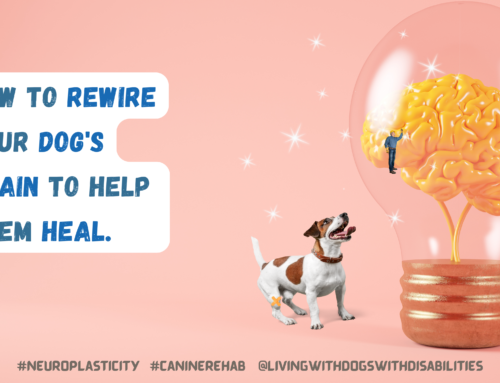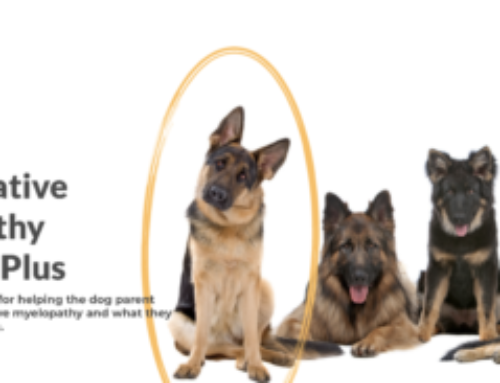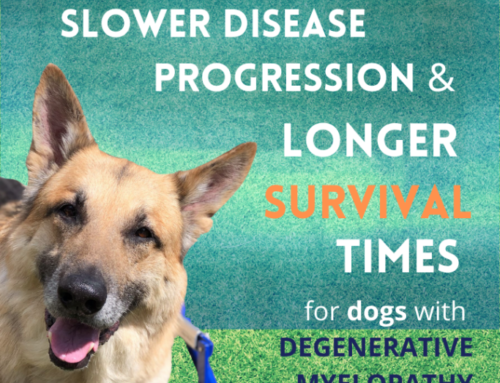Click, click, click…. The familiar sound of your dog’s toenails on your laminate floor. What if I told you that size matters or in this case, length. We are talking about toenails here. What if proper foot care could potentially keep your dog moving better, longer and prevent injury.
Let’s look at your dog in standing.
Structure
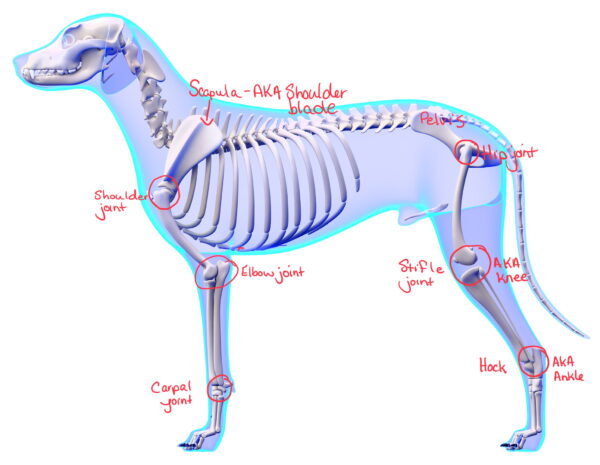
Dog Skeleton Anatomy – Anatomy of a Male Dog Skeleton
Dog Skeleton Anatomy – Anatomy of a Male Dog Skeleton
Different breeds have slightly different structural alignment as they have evolved to perform certain activities over hundreds of years of breeding. However, generally speaking your dog’s wrists or carpal joints (joint above their paws on their front legs) should land underneath the top of their shoulders and the hind paws should be under their ankles (hock). Their hocks/paws line up with his buttocks or base of the tail or a little farther back. Now every dog’s anatomy is different and this a generalization.
Length Matters
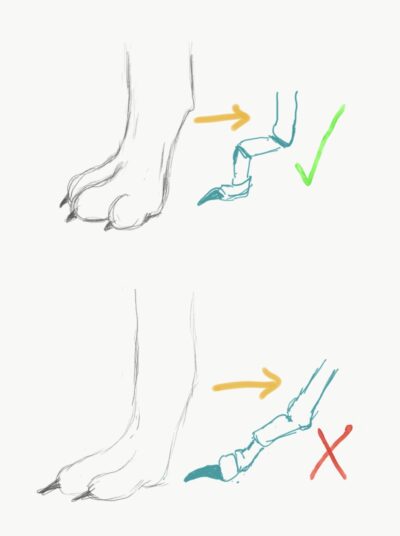
Length of nails can flatten your dog’s foot causing stress on the joints
Whether you have a senior dog or a you performance dog, the length of his toenails matters. If toenails grow too long they cause your dog to move from upright on his paw to a flatter foot. Think about letting your own toenails grow a little too long. Then put on your favourite shoes and go for a big walk our run….. OUCH! Well it is a similar experience for Fido. Looking at the front feet, those long toenails and flattened foot are going going to put strain on wrists but they will also stress the elbow and shoulder joints!
Weight Distribution
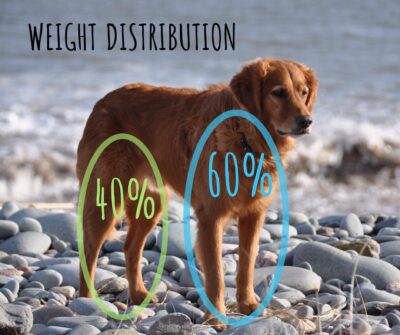
Dog’s are about 60:40 front end loaded
Dogs are roughly 60:40 front end loaded. We want them to use their hind end as much as possible for propulsion but also to avoid putting them at higher risk for pain and injuries in the front end. And don’t forget about keeping the back end strong! Think about your senior dog pulling themselves up from sitting instead of pushing with their hind end. Long toenails make it really hard for them to get their limbs in the right position to lift their buttocks up.
Long toenails and flattened feet on the hind end may cause your dog to tuck their feet farther under their body. Ideally, their hock (ankle) is perpendicular to the ground. However long toenails cause them to reposition their feet, changing the angle at the hock, knee and hip.
Arthritis Connection
Long toenails over may years cause flattened feet and can even contribute to arthritis! Those little changes in alignment combined with movement and time can wear down the joints, similar to walking on the outsides of your sneakers. Proper length can prevent injuries or at least slow down arthritic conditions.
Furry Bottoms
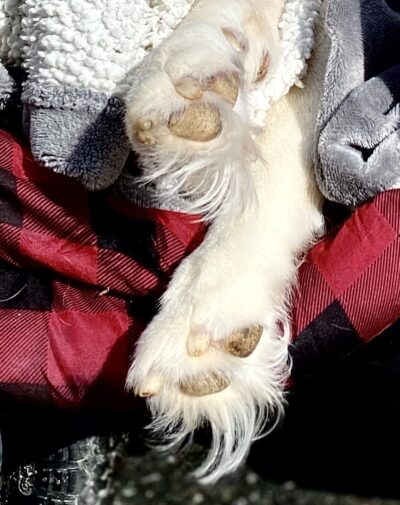
Long fur on the around the pads can make it difficult for your dog to get traction.
Let’s look at fur on the bottoms of your dogs paws. Those little tufts of hair can be cute but they are dangerous! Have you ever walked across hardwood in socks? Slippery eh (sorry for the Canadian slang). Same for your dog! Most dogs active dogs don’t grow excessive hair on the bottoms of their feet. However, take a peek at your senior dog’s paws. Or if you dog has had a recent injury causing a decline in mobility (activity). Those cute tuffs of hair on the bottoms of their feet makes it harder for them to get a good grip on the floor and propel themselves forward.
Socks on Hardwood
Now go back to that hardwood floor in your sock feet for a moment. Or any slippery surface you’ve experienced. To avoid a total Bambi moment, did you lock your knees together and take little steps in effort to stay upright? Our dogs with fluffy feet do the same, especially if they have any body awareness deficits (proprioception) or injuries lurking around. They start to use their inner thigh muscles to grip and keep their balance which also makes if hard to strengthen some of those big mover muscles that keep our dogs mobile into their senior years (gluteals, quadriceps, hamstrings).
Injuries
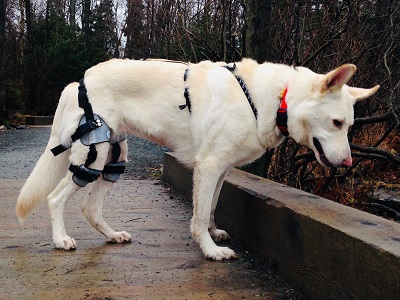
And let’s consider dogs with injuries like cruciate tears, a ligament in their knee (ACL) or arthritis in the hips or ankles. It’s painful to push off these areas, and then if they’re slipping a little bit they’re going to start to grip with their inner thighs. Imagine standing ice in your sneakers. with sore knees. You’re going be reluctant to move and you probably have your legs locked together like a zipper.
Now let’s say your dog hurt their back or is very senior and has developed some neurological challenges affecting their balance. They don’t have good awareness of where their paws are. Or maybe they have a difficult time lifting their paws up and they’re scraping their toenails on the ground. Both toenail length and fluffy hair can make it harder for these dogs to keep their balance. Quick aside note – if your dog has one or two hind toenails that are shorter than the others and maybe even longer paw hair, they may be having difficulty picking up their paws. This is something you should have checked out by your vet or rehab therapist.


